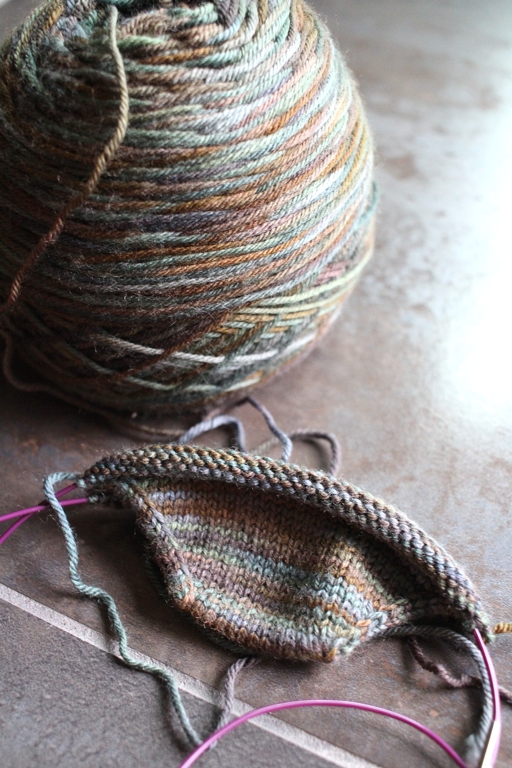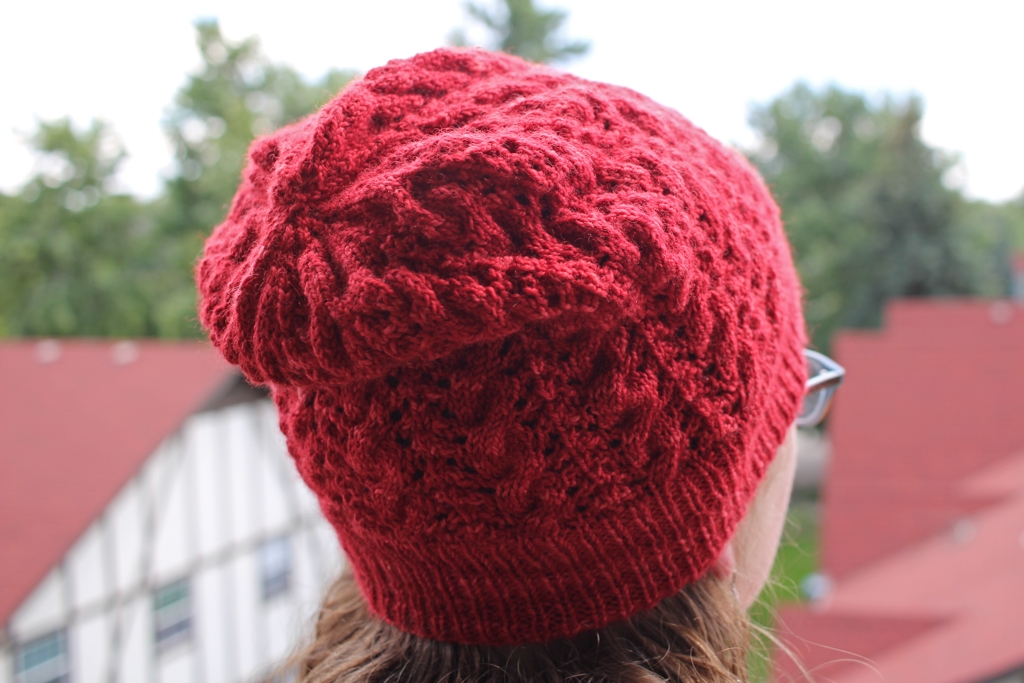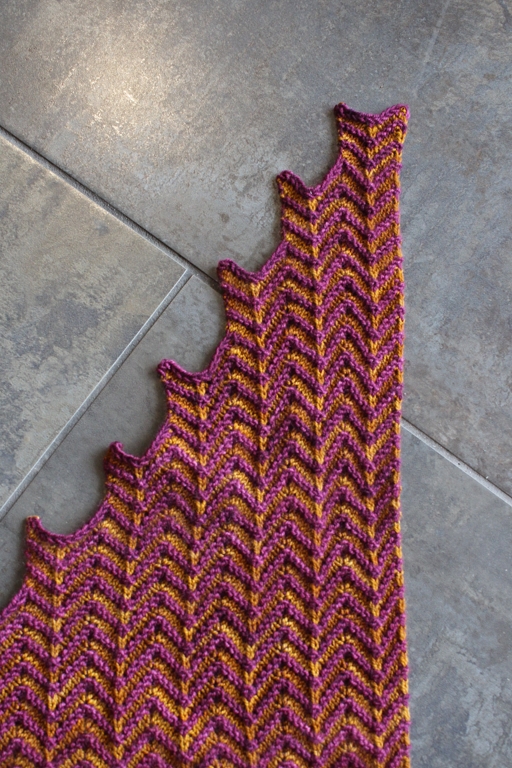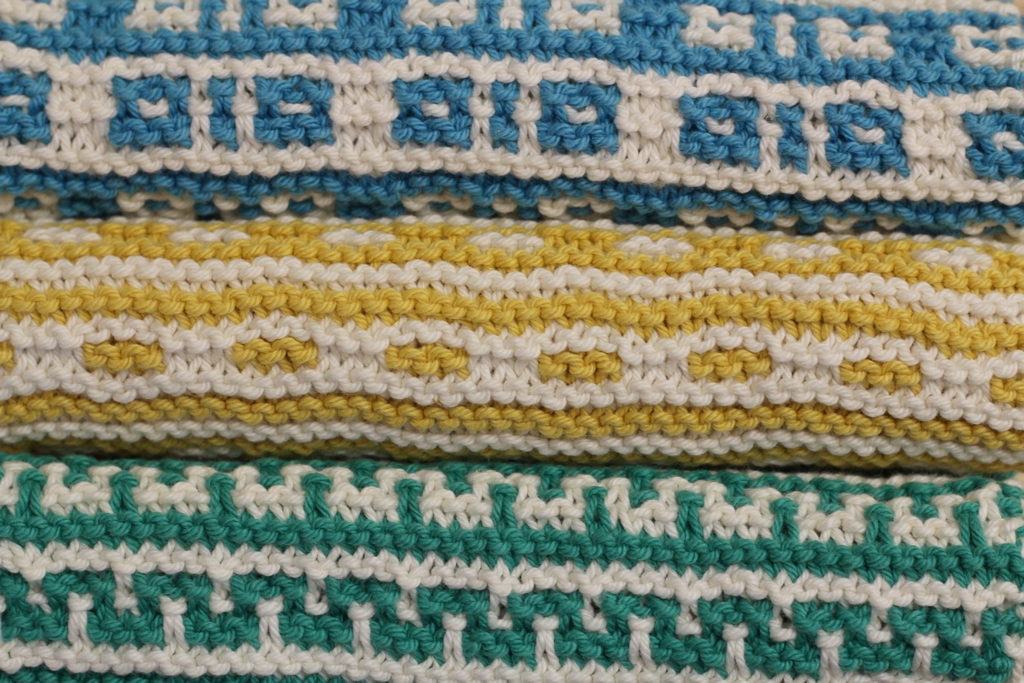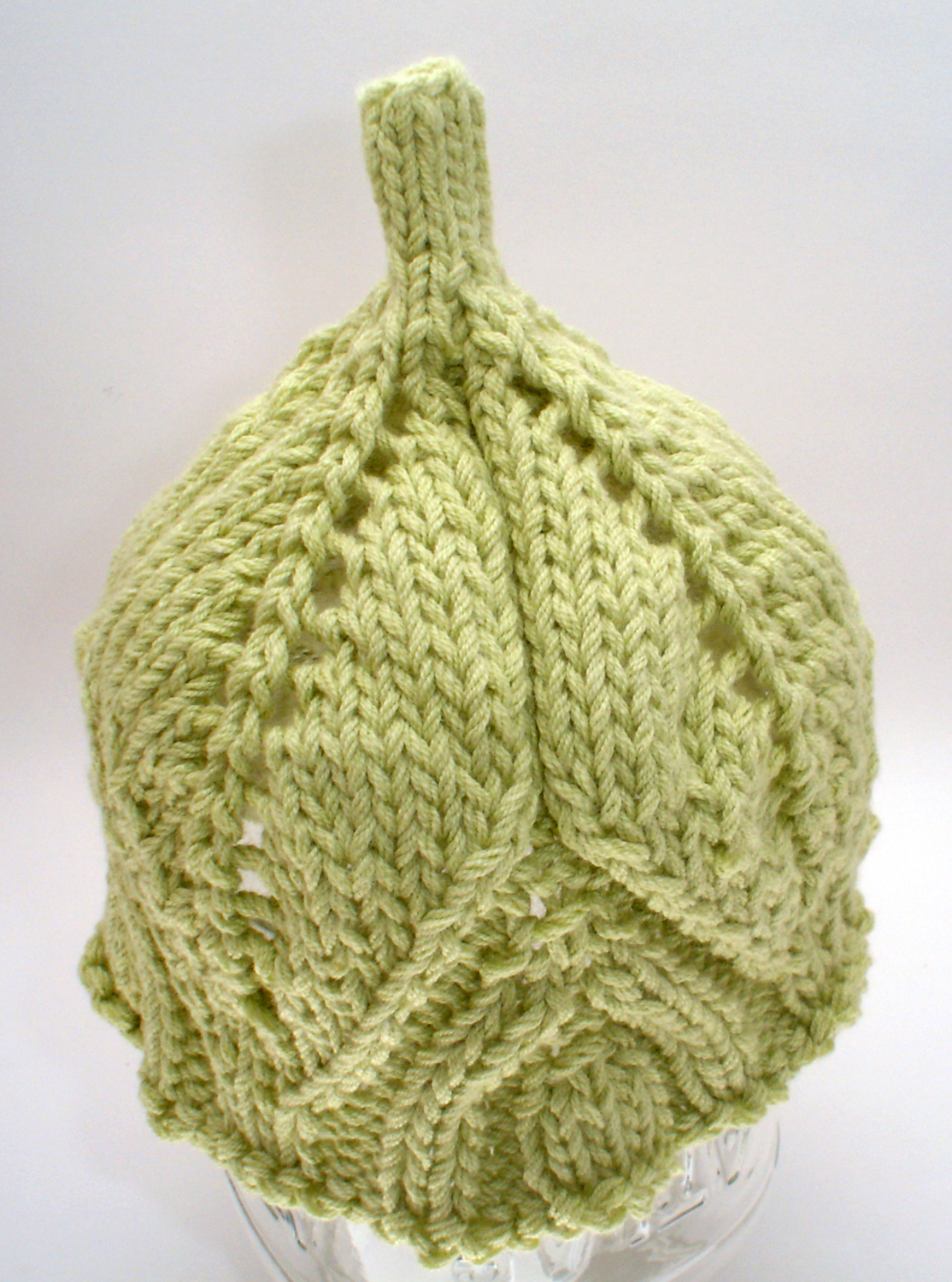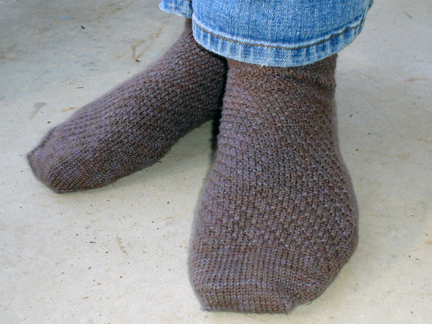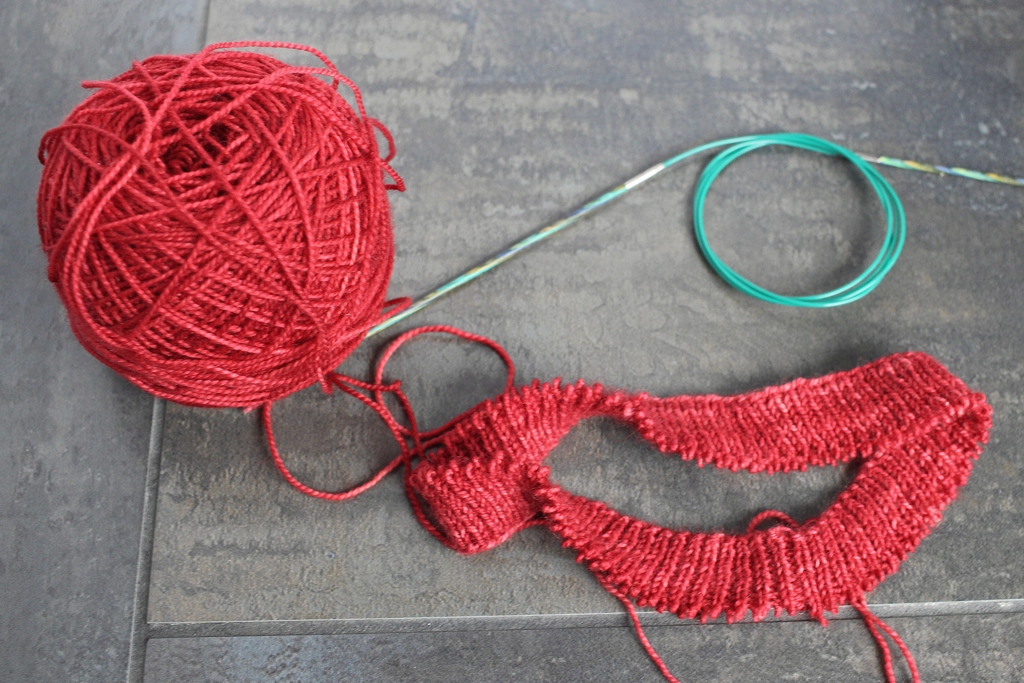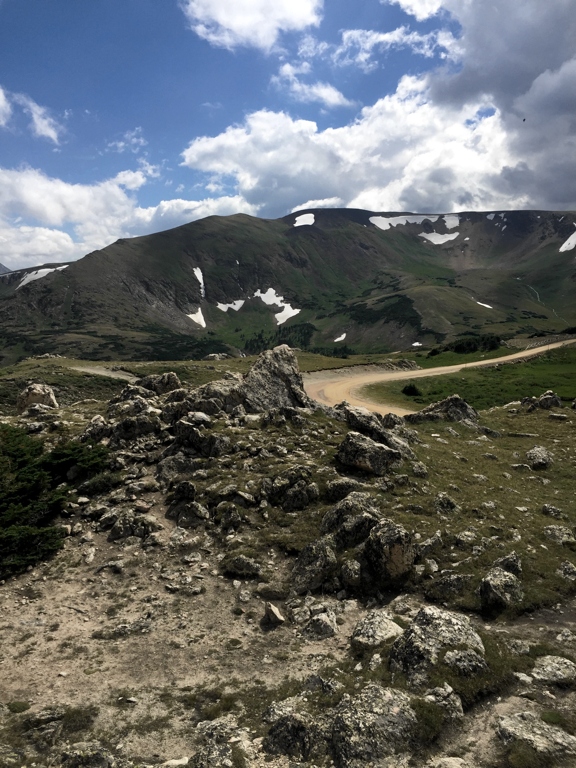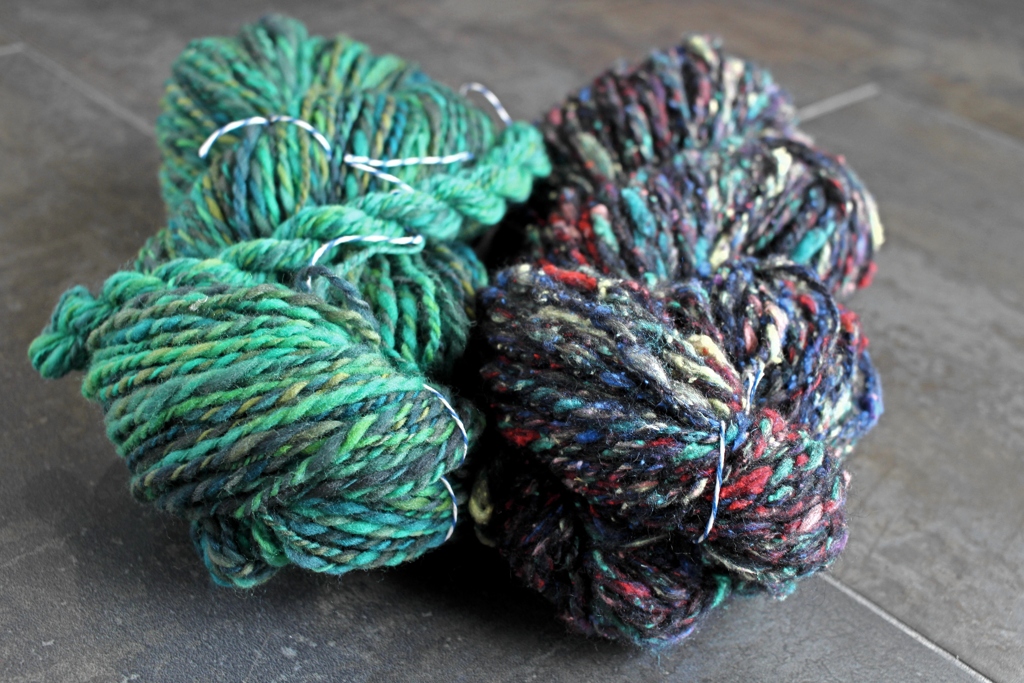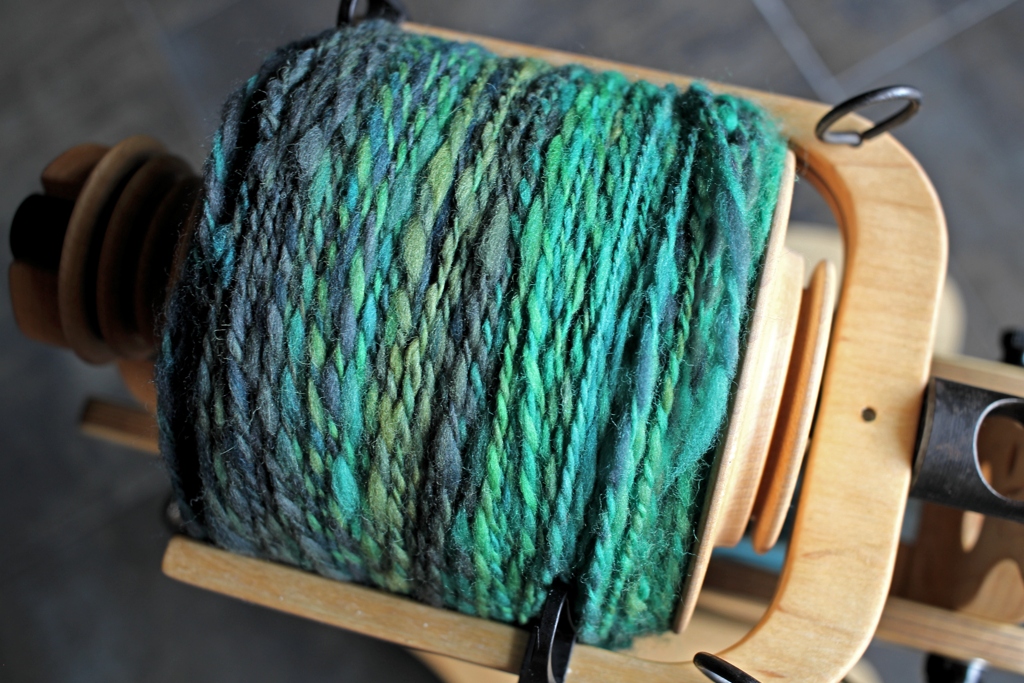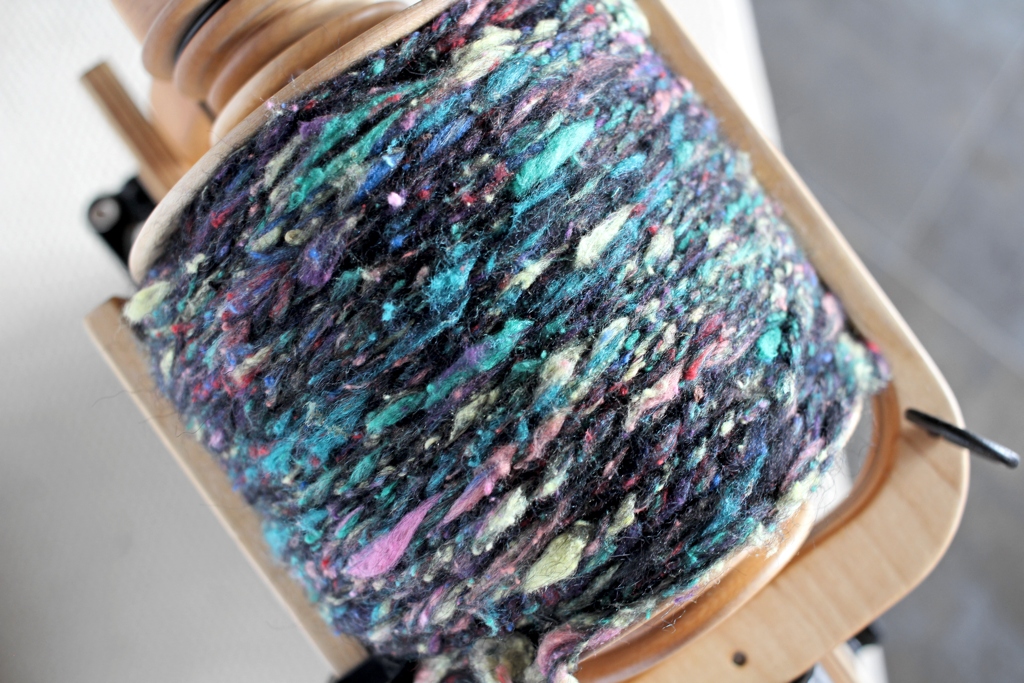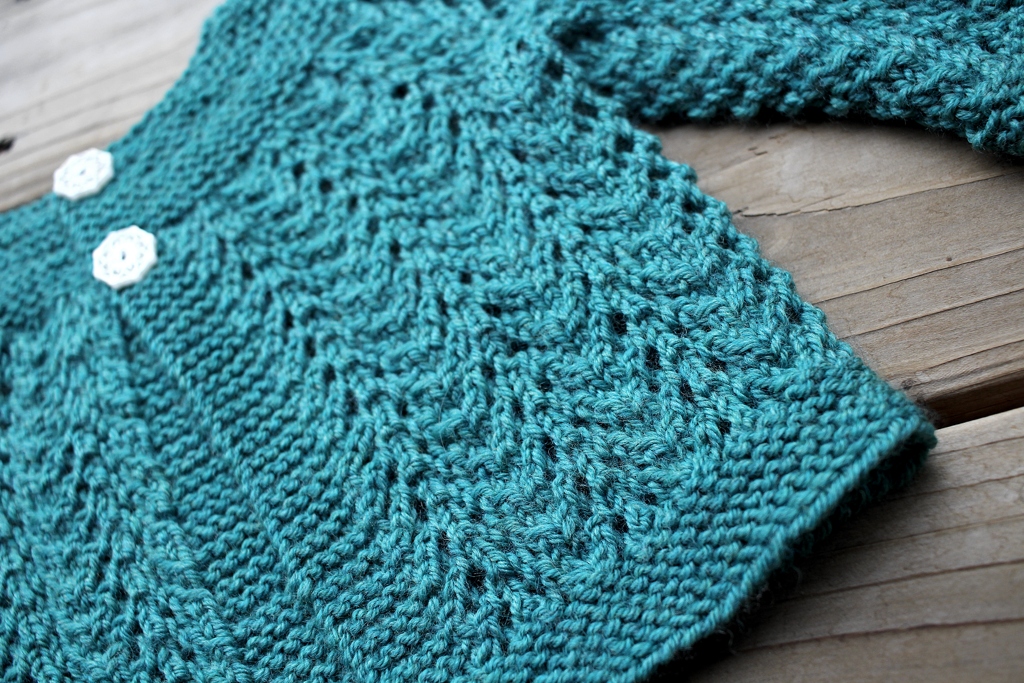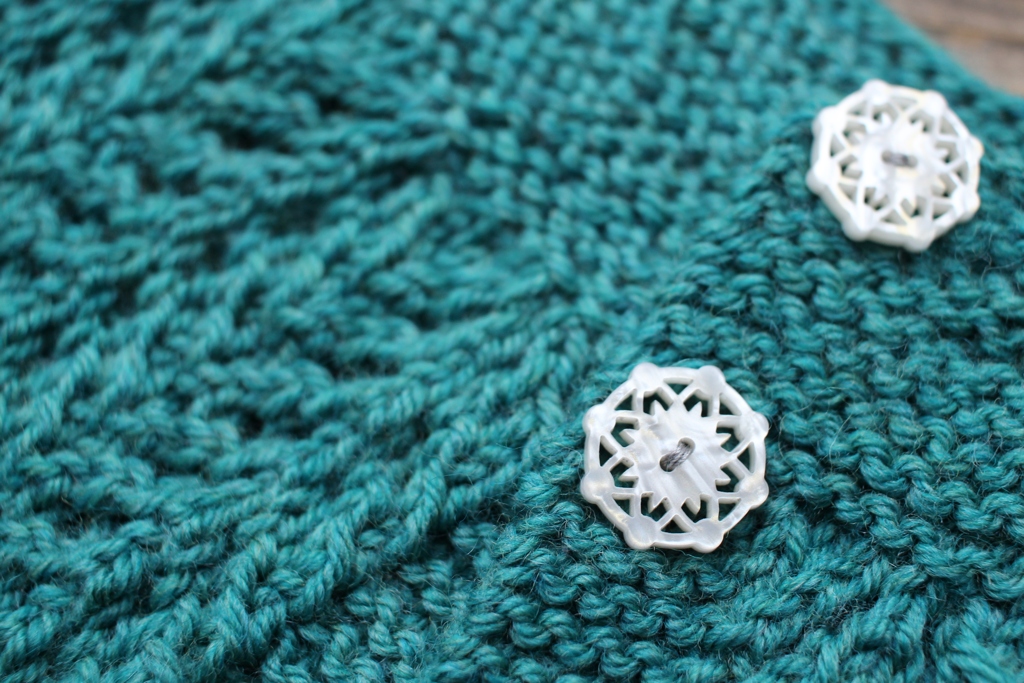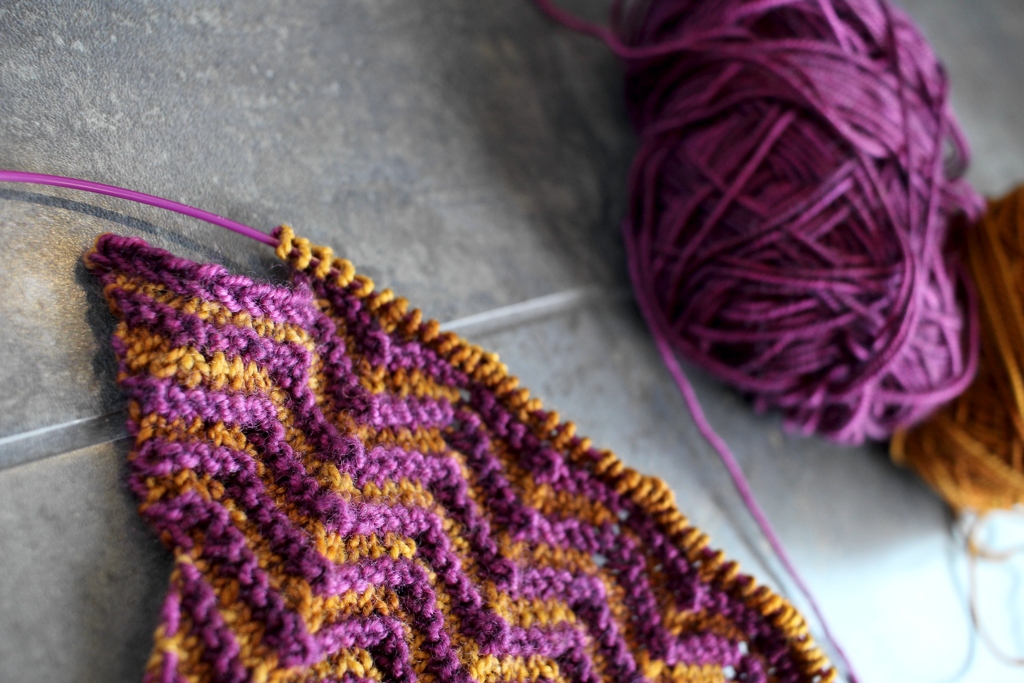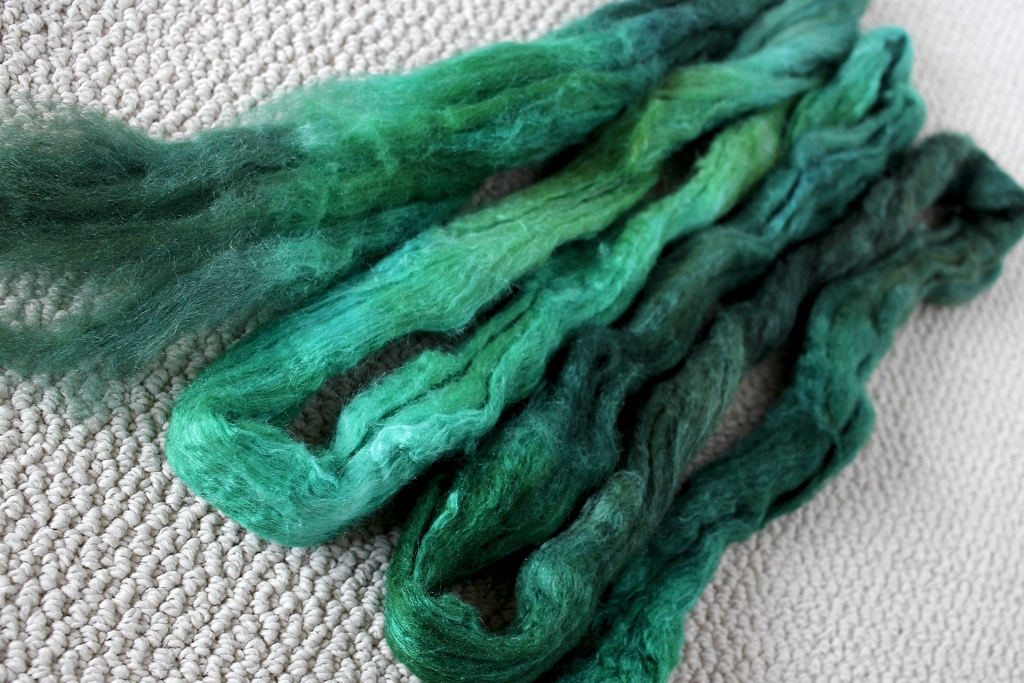A Knitting Conundrum
/This is a sock toe, and the first of a pair that I’m making for the Bearded One. It also happens to be one of my most confounding pieces of knitting I’ve got going right now. Not because it took frequent try-on’s to make sure the stitch count is correct. Not because of its 76 stitch circumference. Not because I’m knitting the sock inside out so I can skip purling a princess sole. Nope, all of that stuff is stuff I’m used too - even knitting a pair of socks inside out. The problem is that I can’t decide what stitch pattern to use over the top of the foot and up the cuff.
My original back of the envelope plan was to work an alternating 2x2 rib for the entire sock. For example, *k2,p2* for 8 rounds, and switch to *p2, k2* for another 8 rounds. Repeat until bind off. Now I’m not sure. 38 stitches for half the sock is a lot of space to cover, and I wanted to add some interest both for the eye and my fingers. And of course I want the Bearded One to like them too. Does that mean cables? A simple texture pattern? Some sort of edge detail going up the side of the foot? I have no idea. Good thing the yarn is pretty and nice to look at while I ponder my choices.
Any tips to help me solve this knitting conundrum?

